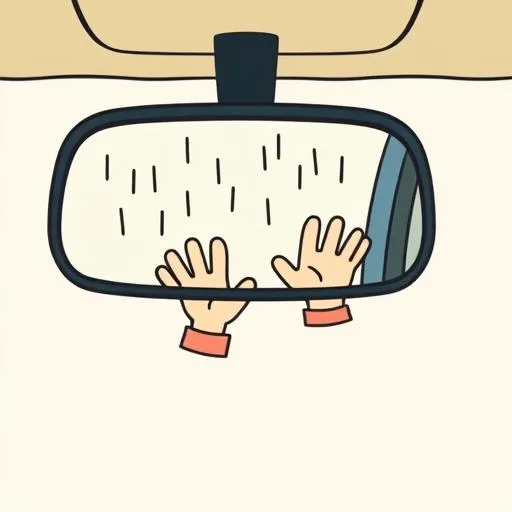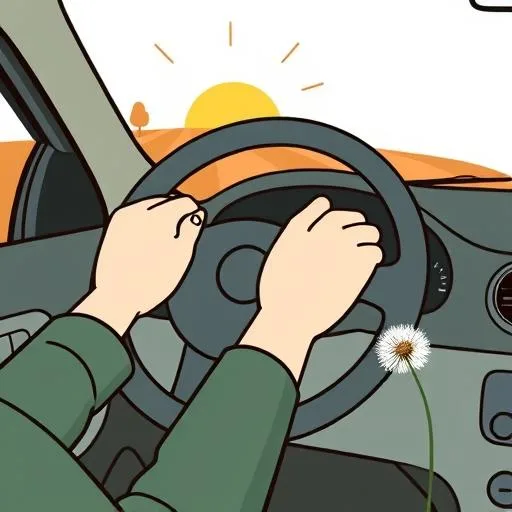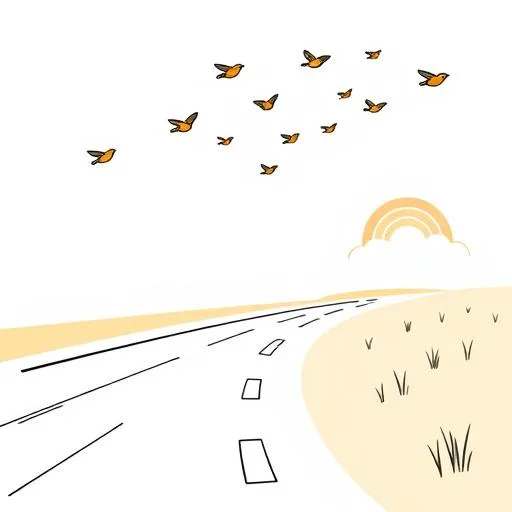
Overcast skies and that gentle hum of tires on damp pavement—the kind of day that turns car rides into quiet adventures for curious minds. Watching the world blur past while little hands point at squirrels darting through wet trees, I wonder: as cars get smarter about driving themselves, what happens to those unplanned moments that stitch our family stories together? Which got me thinking about how new tech like BMW and Qualcomm’s Snapdragon Ride Pilot system, debuting in the iX3 with chips processing city streets like a seasoned co-pilot, promises safer journeys. But let’s park the tech talk for a sec and talk about what really matters—the space between destinations. What if these quiet rides become where we truly listen?
Safety’s Quiet Gift: Turning Focus Inward

You know that sigh when the car smoothly navigates a tricky merge? That’s what Snapdragon Ride Pilot aims for—handling safety checks like a pro while managing sensor data from every angle (they’ve validated it across 60 countries already). But here’s the real magic: when tech shoulders safety’s weight, our hands come off the wheel… and our eyes turn to the backseat. Suddenly, we see the sticky-fingered sketch of a rainbow they spotted through the mist. Safety isn’t just about avoiding bumps—it’s about creating room for those tender, fleeting exchanges. Imagine: instead of white-knuckling through rush hour, you’re sharing stories about the construction crane they’ve nicknamed “Big Bird.” That’s the unspoken promise—technology making space for what no algorithm can replicate: our presence.
The Backseat Classroom: Rainy Roads and Open Questions

Remember playing “I Spy puddle reflections” on gray afternoons? Those giggles build early curiosity muscles. This system’s “context-aware driving”—adapting to highway speeds or school-zone caution—actually mirrors how kids learn: by observing patterns and asking “why?” The research shows its layered perception stack processes 360-degree scenes (safety-first approach included), but here’s food for thought: could automated driving accidentally mute the classroom? What if, instead, we leaned into it? Next damp commute, try turning the tech’s quiet competence into exploration time. “How many yellow umbrellas do you see?” or “What do you think that delivery truck is carrying?” These moments teach observation and resilience—the kind that sticks when screens power down. Real-world wonder pops up not despite the tech, but because we choose to amplify it.
Human Hands on the Heart’s Steering Wheel

BMW and Qualcomm’s co-developed smart driving decisions (built by experts worldwide) highlight something profound: the best systems blend precision with flexibility. Parenting’s no different. When tech handles lane-keeping, we must consciously keep our hands on connection’s wheel. That means sometimes overriding convenience—taking the scenic route just to spot ducks at the pond, or pausing navigation to recount your childhood rain walk. Automated driving won’t replace the magic of shared discovery; it might even protect it. Think about it: if the car anticipates hazards, perhaps we can finally relax enough to hear the whispered question: “Why do streetlights look like jellyfish when it’s raining?” The secret sauce isn’t under the hood—it’s in our choice to engage fully during the glide.
Nurturing Unfettered Curiosity in the Fast Lane

By 2026, this system targets 100 countries—our kids’ world will zoom by faster than ever. Yet the most vital skills bloom slowly: noticing a ladybug on the window, or imagining stories about passing buildings. As parents navigating constant change, our job isn’t to slow progress, but to anchor it in humanity. Why not challenge your child to sketch the skyline visible through the misty windshield? Or count different bike riders during a school pickup? These analog pauses build resilience against digital saturation, teaching them to wonder beyond screens. The innovation that excites me most? Not Snapdragon’s processing power, but how it might free us to co-create stories—like turning traffic jams into “cloud animal” contests. Because in the end, no software can replace the warmth of a tiny hand pointing out your first rainbow together.
Source: IAA Mobility: BMW drives to software-driven future with Snapdragon Ride Pilot, Computer Weekly, 2025/09/09 07:05:00
